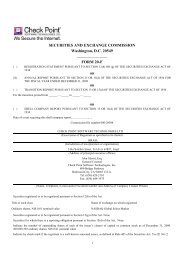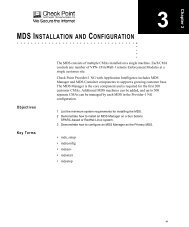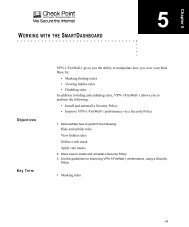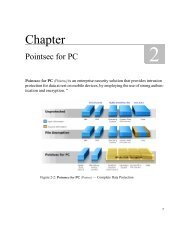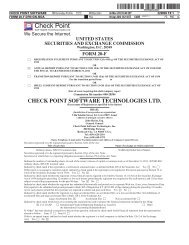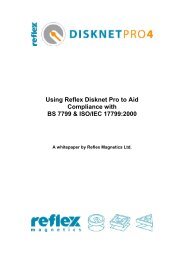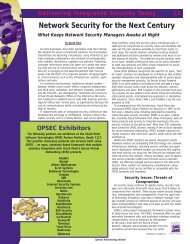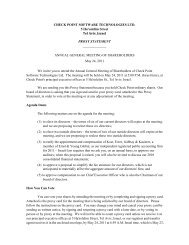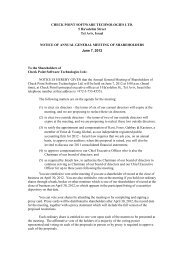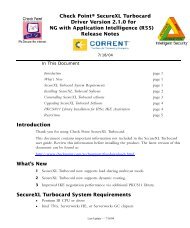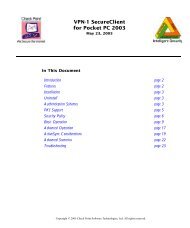You also want an ePaper? Increase the reach of your titles
YUMPU automatically turns print PDFs into web optimized ePapers that Google loves.
1 st Byte 2 nd Byte 3 rd Byte 4 th Byte<br />
Figure 28: Big Endian byte order<br />
Bits 24-31 Bits 16-23<br />
Bits 8-15<br />
Bits 0-7<br />
Big Endian order means that the most significant byte as the lowest address (the word is s<strong>to</strong>red ‘bigendian-first’)<br />
1 st Byte 2 nd Byte 3 rd Byte 4 th Byte<br />
Figure 29: Little Endian byte order<br />
Bits 0-7 Bits 8-15<br />
Bits 16-23<br />
Bits 24-31<br />
Little Endian order means that bytes at lower addresses have lower significance (the word is s<strong>to</strong>red ‘littleendian-first’)<br />
Please note that the byte order is proccessor architecture dependent. On proccessors like Mo<strong>to</strong>rla 68xxx<br />
big endian byte order is <strong>use</strong>d. Little endian byte order is <strong>use</strong>d e.g. by Intel 386 and compatible<br />
processors. There are also processors which are able <strong>to</strong> work with both byte orders (e.g. PowerPC). You<br />
can find more information about byte orders at An Essay on Endian Order.<br />
<strong>How</strong> <strong>to</strong> <strong>use</strong> <strong>fw</strong> moni<strong>to</strong>r Page 31 of 70<br />
Revision: 1.01



